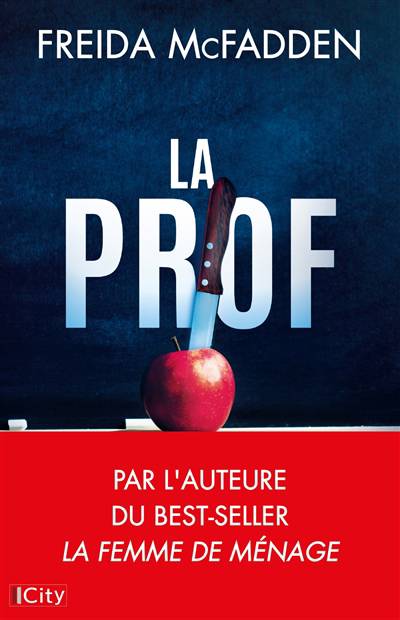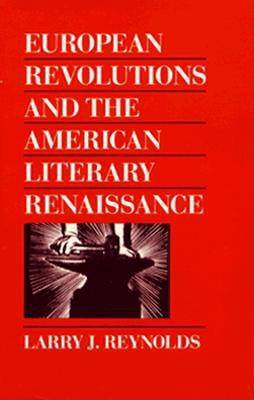
- Retrait gratuit dans votre magasin Club
- 7.000.000 titres dans notre catalogue
- Payer en toute sécurité
- Toujours un magasin près de chez vous
- Retrait gratuit dans votre magasin Club
- 7.000.0000 titres dans notre catalogue
- Payer en toute sécurité
- Toujours un magasin près de chez vous
106,95 €
+ 213 points
Description
Political issues and events have always acted as a catalyst on thought and art. In this pioneering study, Larry J. Reynolds argues that the European revolutions of 1848-49 quickened the American literary imagination and shaped the characters, plots, and themes of the American renaissance. He traces the impact of the revolutions on Emerson, Fuller, Hawthorne, Melville, Whitman, and Thoreau, showing that the upheavals abroad both inspired and disturbed. Unlike many studies that have emphasized the national features and revolutionary spirit of our classic American literature, Reynolds's study, which places this literature in an international context, reveals its conservative, counterrevolutionary side.
Emerson, the writer first considered, witnessed the revolutionary turmoil in England and France during the spring of 1848. Reynolds contends that Emerson disdained the revolutions but was unable to resist their challenge: they inspired him to articulate with renewed vigor the idealism at the center of his spiritual life. Reynolds describes next the "Bloody June Days" in Paris and examines their effect on American writings, particularly Uncle Tom's Cabin. In his discussion of Margaret Fuller, Reynolds compares her response to the socialist revolution with Emerson's and demonstrates that her Tribune dispatches from Italy, written during the Roman Revolution, constitute a powerful historical narrative of unrecognized artistry and value. Turning to the writings of Hawthorne and Melville, Reynolds explains that these authors, who viewed the revolutions skeptically, were moved to incorporate into their masterpieces the imagery and issues attracting public attention around them. Focusing on Whitman's fascination with the revolutionary events he covered as an editor, Reynolds describes how under their influence Whitman conceived himself as a poet of insurrection and began Leaves of Grass. He concludes with Thoreau, showing how residual excitement about the revolutions led to the reshaping of Walden into a spiritual autobiography emphasizing purity and serenity.
Emerson, the writer first considered, witnessed the revolutionary turmoil in England and France during the spring of 1848. Reynolds contends that Emerson disdained the revolutions but was unable to resist their challenge: they inspired him to articulate with renewed vigor the idealism at the center of his spiritual life. Reynolds describes next the "Bloody June Days" in Paris and examines their effect on American writings, particularly Uncle Tom's Cabin. In his discussion of Margaret Fuller, Reynolds compares her response to the socialist revolution with Emerson's and demonstrates that her Tribune dispatches from Italy, written during the Roman Revolution, constitute a powerful historical narrative of unrecognized artistry and value. Turning to the writings of Hawthorne and Melville, Reynolds explains that these authors, who viewed the revolutions skeptically, were moved to incorporate into their masterpieces the imagery and issues attracting public attention around them. Focusing on Whitman's fascination with the revolutionary events he covered as an editor, Reynolds describes how under their influence Whitman conceived himself as a poet of insurrection and began Leaves of Grass. He concludes with Thoreau, showing how residual excitement about the revolutions led to the reshaping of Walden into a spiritual autobiography emphasizing purity and serenity.
Spécifications
Parties prenantes
- Auteur(s) :
- Editeur:
Contenu
- Nombre de pages :
- 224
- Langue:
- Anglais
Caractéristiques
- EAN:
- 9780300042429
- Date de parution :
- 26-10-88
- Format:
- Livre relié
- Format numérique:
- Genaaid
- Dimensions :
- 165 mm x 243 mm
- Poids :
- 498 g

Les avis
Nous publions uniquement les avis qui respectent les conditions requises. Consultez nos conditions pour les avis.






